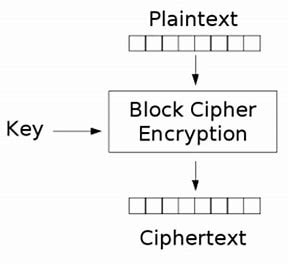- Cryptography Topics
- >
- Block Cipher
Block Cipher
SKU:
$0.00
Unavailable
per item
A block cipher consists of two paired, one for encryption, E, and the other for decryption, D. Both algorithms accept two inputs: an input block of size n bits and a of size k bits; and both yield an n-bit output block. The decryption algorithm D is defined to be the inverse functionof encryption
